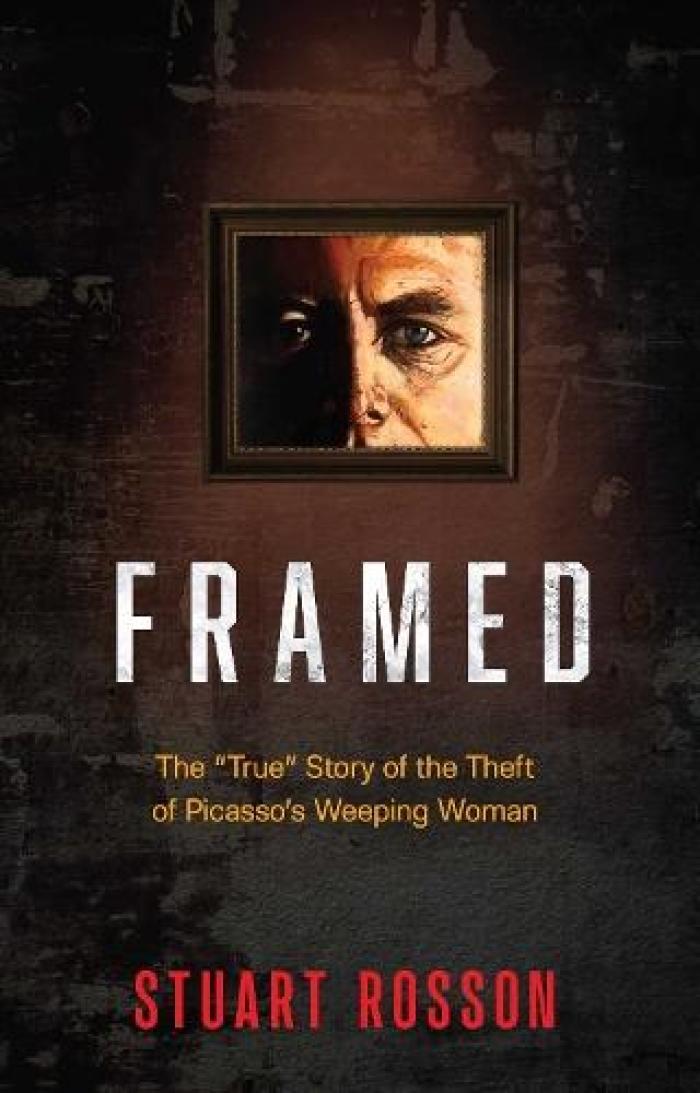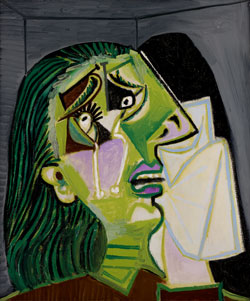FRAMED - The True Story of the Theft of Picassos Weeping Woman |

FRAMED - The "True" Story of the Theft of Picasso's Weeping Woman
Stuart Rosson
Paperback
"Framed" blows the lid off one of Melbourne's most puzzling secrets: Who stole Picasso's Weeping Woman from the NGV in 1986.
Written by the brother of the brilliant artist who was framed for the crime, "Framed" draws on never-before-revealed information told to the author before his brother died.
"Framed" is totally engrossing and highly controversial. It is at once a rollicking crime thriller, a vividly drawn period piece of mid-eighties Melbourne, and an expose of the murky under-belly of the city's art scene.
This is a gripping speculative account of Melbourne's greatest unsolved crime. None of it may be true but few readers will.
Books | Non-Fiction | Biographies & True Stories | True Crime
Buy Book: angusrobertson.com.au
angusrobertson.com.au
ISBN: 9780645815863
ISBN-10: 0645815861
Published: 3rd April 2024
Format: Paperback
Language: English
Number of Pages: 300
Publisher: Brolga Publishing
Dimensions (cm): 21 x 13.5 x 2.5
Weight (kg): 0.33

Background
From Wikipedia, the free encyclopedia
Theft of The Weeping Woman from the National Gallery of Victoria
The theft took place on 2 August 1986 in Melbourne.
The stolen work was one of a series of paintings by Pablo Picasso all known as The Weeping Woman and had been purchased by the gallery for A$1.6 million in 1985 - at the time the highest price paid by an Australian art gallery for an artwork.
A group calling itself "Australian Cultural Terrorists" claimed responsibility, making a number of demands (and insults) in letters to the then-Victorian Minister for the Arts, Race Mathews.
The demands included increases to funding for the arts; threats were made that the painting would be destroyed.
After an anonymous tip-off to police, the painting was found undamaged in a locker at Spencer Street railway station on 19 August 1986. The theft still remains unsolved.
PABLO PICASSO: WEEPING WOMAN
MODERNISM NGV COLLECTION PAINTING PORTRAITURE
Pablo PICASSO
Weeping woman (1937)
oil on canvas
55.2 x 46.2 cm
National Gallery of Victoria, Melbourne
Purchased by donors of The Art Foundation of Victoria, with the assistance of the Jack and Genia Liberman family, Founder Benefactor, 1986
Pablo Picasso is recognised as one of the most important figures in 20th century western art. He created more than 20,000 artworks in a variety of media including painting, sculpture, printmaking, drawing and ceramics.
Picasso showed an early talent for art, and made lifelike portraits as a teenager. However, after settling in Paris in his early twenties he adopted more modern approaches to making art. Between 1908 and 1911 he and fellow artist Georges Braque 'invented' a style called Cubism which took a radical, new approach to the representation of space and form.
In 1937, Picasso completed his iconic mural Guernica, a chilling depiction of the bombing of the Basque town of Guernica during the Spanish civil war, which resulted in the slaughter of many defenceless civilians.
Picasso painted Weeping Woman in October 1937 only a few months after he completed the mural. It is one of a series of images of weeping women that have been linked to the figure of a grieving mother in Guernica who clasps her dead child to her chest.
Weeping Woman is an iconic image of unspeakable grief and pain, representing universal suffering. The fragmented features and the use of acid green and purple heighten the painting's emotional intensity.
The model for the Weeping Woman was Picasso's partner Dora Maar, a passionate, strong and intelligent woman. The painting is also often seen as reflecting their complex and often stormy relationship.
❊ Web Links ❊
➼ FRAMED - The True Story of the Theft of Picassos Weeping Woman
❊ Also See... ❊
➼ Unusual Melbourne
➼ National Gallery of Victoria | NGV International
Disclaimer: Check with the venue (web links) before making plans, travelling or buying tickets.
Accessibility: Contact the venue for accessibility information.
Update Page







